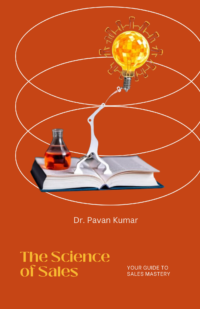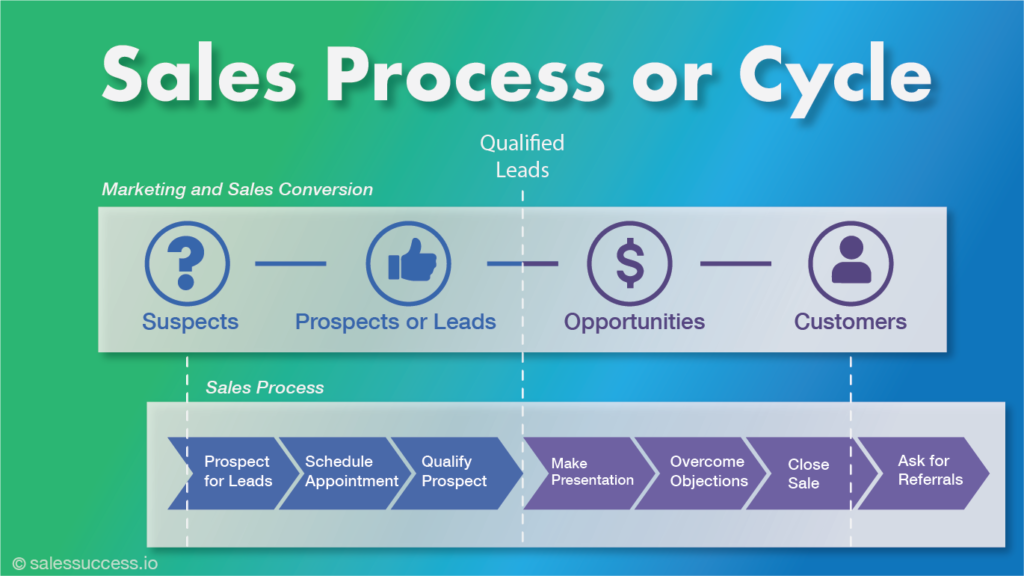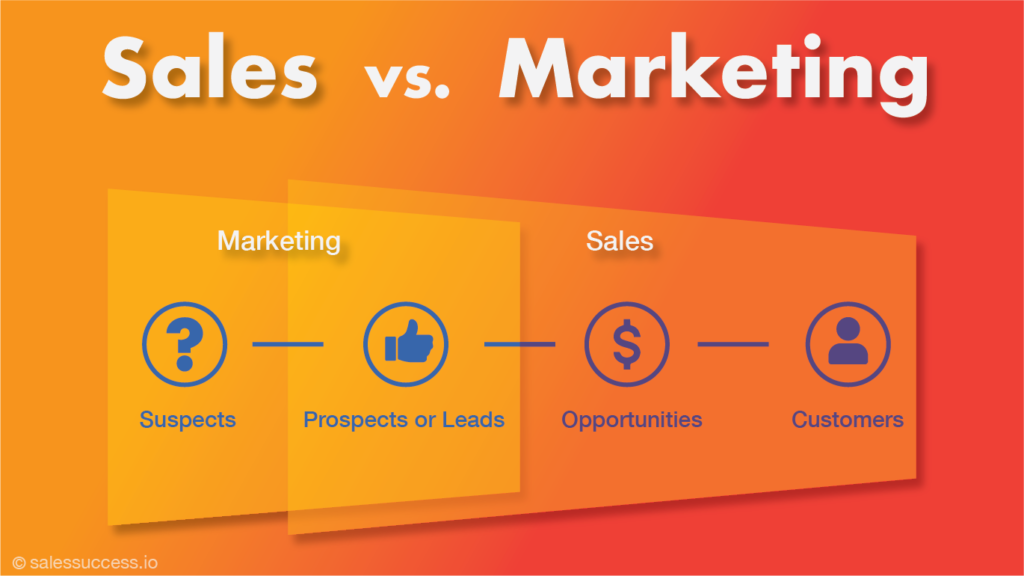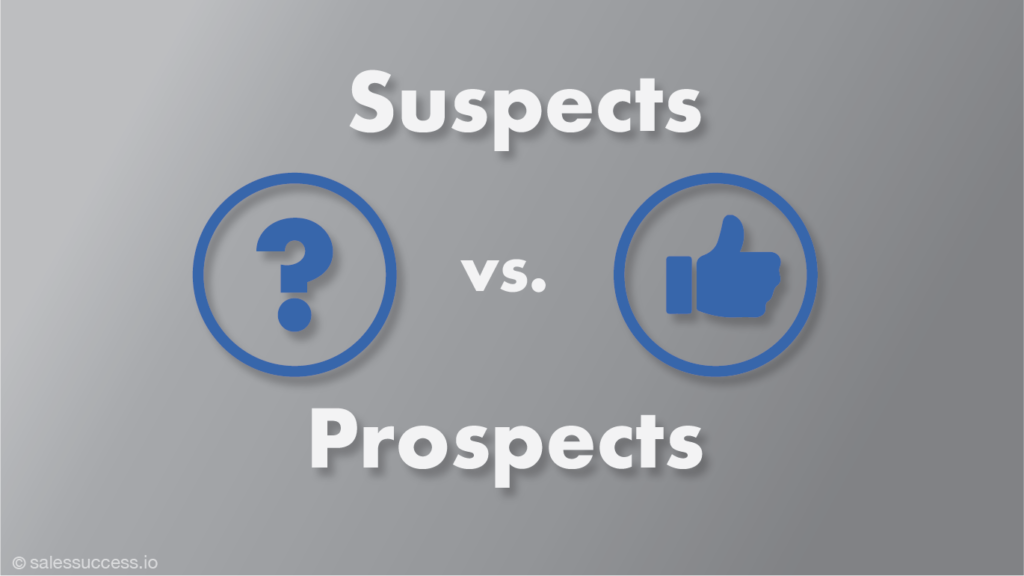- BDR vs. SR: Understanding the Sales Roles and Division of Labor
- Handling Objections: A Guide to Overcoming Customer Concerns
- Making Presentation: Tips for a Compelling and Engaging Delivery
- Qualifying Prospect: The Key to Sales Success
- Setting Appointment: Strategies and Tips for Successful Sales Calls
- Closing Sales: 44 Techniques and the Steps for a Successful Close
- Prospecting for Leads: Finding Your Next Customers
- Sales Process or Cycle: The 7 Steps to Sales Success
![]()
Sales are not for the faint-hearted as it is about meeting sales targets consistently, month after month, quarter after quarter, and year after year.
Furthermore, sales is about meeting increasing targets over time in one’s career.
So how does a sales organization or person ensure success in achieving targets?
Not by an ad hoc approach. Salespersons or teams cannot brute force it.
Selling requires a daily rigor — a military-style discipline — in pursuing targets. Such rigor is codified in a sales process or cycle.
The sales process or cycle is a series of repeatable steps to be taken by a salesperson in generating leads and taking them all the way to closures.
Marketing and Sales Conversion
In earlier blog posts, Sales vs. Marketing, Suspects vs. Prospects, Prospects vs. Leads, and Leads vs. Opportunities, we laid out the framework of the overall marketing and sales conversion.
Suspects → Prospects or Leads → Opportunities or Deals → Customers
Together, marketing and sales functions convert the universe of suspects for a company’s offerings into customers.
The marketing function defines targets or suspects for a company’s offerings and systematically converts them into prospects or leads by raising awareness of and generating interest in the same.
The sales function is involved in the next two conversions above. Prospects or leads are qualified and sales opportunities are identified.
Opportunities enter the sales pipeline or funnel and through a series of stages convert into sales.
End-to-End or Full-Cycle Sales
It is not entirely the marketing function’s responsibility to generate prospects or leads from suspects.
Indeed, sales teams generate prospects or leads also.
When the sales function also undertakes the first step of the overall marketing and sales conversion, then the sales team is said to be engaged in or pursuing end-to-end or full-cycle sales.
The sales process we discuss next delineates “how” the salesperson carries out the conversion process when handling end-to-end.

Read the book here.
The 7-Step Sales Process or Sales Cycle
No matter the product, target market, or company, every salesperson and sales organization will benefit from adopting this universal 7-stages end-to-end sales process or sales cycle.
5. Address and overcome objections
6. Close sale
7. Ask for referrals
To meet targets consistently, the salesperson must execute these activities parallelly in high volumes on a day-in and day-out basis.
There is no shortcut to sales success.
The Buyer’s Journey
As the salesperson steps forward in the sales process, they will find prospective customers dropping off and a gradually reducing number ready to conduct sales transactions with them.
Whether dropping off sometime in their journey or ending up conducting the sales transaction, prospects go through a parallel cognitive journey themselves known as the buyer’s journey.
The classic A-I-D-A model best describes the journey of a buyer.
A. First, the buyer becomes AWARE of the problem they have.
I. Next, the buyer shows INTEREST in exploring alternative approaches to solving their problem.
D. Next, the buyer expresses a DESIRE for a specific solution(s) or offering(s) to their problem.
A. Finally, the buyer takes ACTION in purchasing or buying the solution(s) to their problem.
While prospecting for leads in the first step of the sales process, the salesperson must ascertain where the leads are in their buyer’s journey.
Ideally, they are past the awareness stage and in the interest or desire stage.
Where leads are in the awareness stage, the salesperson must spend time and effort in educating the leads and raising awareness of the problem they have that your offering addresses or solves.
The salesperson must ideally move buyers that are in the interest and desire stages through the rest of the sales process.
TOFU, MOFU, and BOFU
In the marketing and sales conversion process above (also, end-to-end or full-cycle sales process), not all suspects you start off with convert into customers.
There will be a gradual drop-off in number through the various stages of the process.
The reduction in the count is best conveyed visually through an “inverted funnel” representation of the process called the marketing and sales funnel or simply the customer funnel.
Suspects enter the top of the funnel (TOFU). A lesser count of prospects or leads enters the middle of the funnel (MOFU). An even lesser count of opportunities enters the bottom of the funnel (BOFU).
Those buyers who are in the awareness stage of their journey will map to TOFU, those in the interest stage will map to MOFU, and those in the desire stage will map to BOFU.
Conclusion
A well-defined sales management process or cycle can help you streamline your sales efforts, improve your conversion rates, and ultimately drive success for your business.
By understanding each of the seven steps and implementing them effectively, you can create a process that works for your unique business needs and drives success in your sales efforts.
Don’t underestimate the importance of a solid sales process, and take the time to develop and refine yours for optimal results.
Check out more videos on Sales Process or Cycle on our YouTube channel.
Subscribe to our Blog



